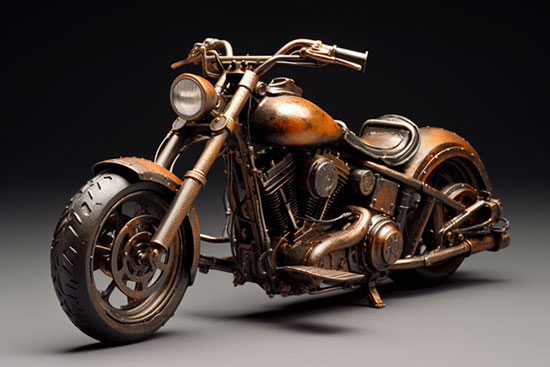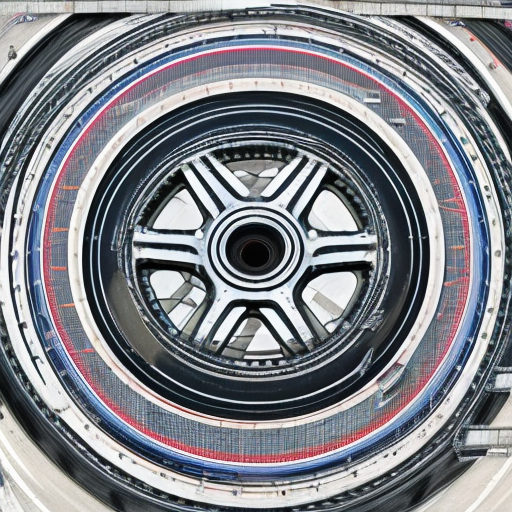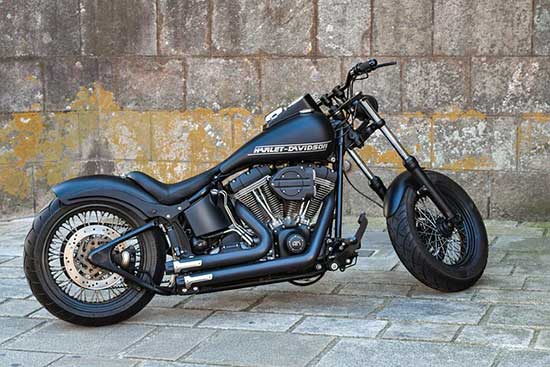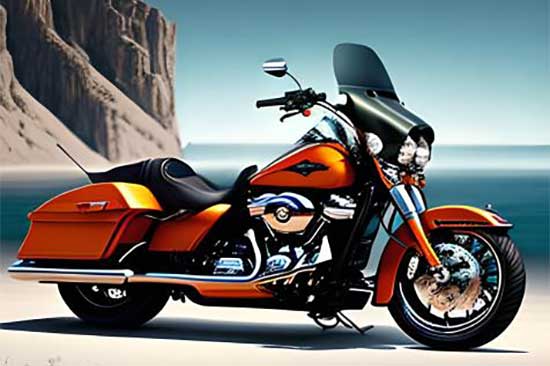Riding a Harley Davidson motorcycle is an unparalleled experience, one that combines power, style, and comfort.
However, even the most reliable machines can occasionally run into issues. One such issue that riders may encounter is related to the motorcycle’s system relay.
Contents
Common System Relay Problems
System relays in Harley Davidson motorcycles are responsible for controlling various electrical components.
They act as switches that open and close circuits to provide power to components such as the ignition, fuel pump, and starter motor.
The following are some common issues that can arise with these relays:
- Bad Contacts: Over time, corrosion or debris can accumulate on the relay’s contact points, causing poor electrical conductivity and malfunction.
- Coil Failure: The coil in a relay can fail due to excessive heat, wear and tear, or manufacturing defects, rendering the relay inoperative.
- Wiring Issues: Damaged or frayed wires can lead to intermittent or complete loss of electrical connection between the relay and the components it controls.
Symptoms of System Relay Problems
Identifying a faulty system relay can be challenging, as the symptoms may vary depending on the specific relay and component affected.
However, some common symptoms of system relay problems in Harley Davidson motorcycles include:
- Failure to Start: If the starter relay is faulty, the motorcycle may not crank or start at all.
- Intermittent Electrical Issues: Inconsistent performance of components such as headlights, turn signals, or fuel pump may indicate a relay problem.
- Stalling or Hesitation: A faulty fuel pump relay can cause the engine to stall or hesitate during acceleration, as the fuel supply is disrupted.
Diagnosing and Troubleshooting
Proper diagnosis of system relay problems is crucial for a successful repair.
Below are the steps to diagnose and troubleshoot Harley Davidson system relay issues:
- Visual Inspection: Begin by inspecting the relays and surrounding wiring for any visible signs of damage, corrosion, or loose connections.
- Testing Relays: Using a multimeter or test light, check for proper voltage and continuity at the relay terminals.
- Swap Test: If available, swap the suspected faulty relay with a known good one to see if the issue persists. If the problem is resolved, the original relay was likely the cause.
How to Replace a Faulty System Relay
Once a faulty system relay has been identified, follow these steps to replace it:
- Disconnect the Battery: Before working on the electrical system, disconnect the motorcycle’s battery to prevent potential short circuits.
- Locate the Relay: Consult your Harley Davidson owner’s manual to locate the specific relay in need of replacement.
- Remove the Relay: Carefully disconnect any wiring connectors and remove the faulty relay from its socket.
- Install the New Relay: Insert the new relay into the socket, ensuring that it is properly seated and aligned. Reconnect any wiring connectors as necessary.
- Test the Replacement: Reconnect the battery and start the motorcycle to verify that the issue has been resolved. Test the affected components to ensure proper function.
Preventive Measures
While system relay problems can be frustrating, there are several preventive measures that can help minimize the likelihood of encountering such issues:
- Regular Maintenance: Adhere to the recommended maintenance schedule for your Harley Davidson motorcycle, including checking and cleaning electrical connections as necessary.
- Keep it Clean: Regularly clean your motorcycle to prevent the accumulation of dirt, debris, and moisture, which can contribute to corrosion and electrical problems.
- Quality Parts: When replacing system relays, always opt for high-quality, OEM-specification parts to ensure longevity and reliability.
Conclusion
System relay problems in Harley Davidson motorcycles can manifest in various ways, affecting the performance and overall riding experience.
By understanding the common issues, symptoms, and solutions, riders can effectively diagnose and address these problems, ensuring a safe and enjoyable ride.
Regular maintenance, using quality replacement parts, and keeping the motorcycle clean can go a long way in preventing system relay issues in the future.






